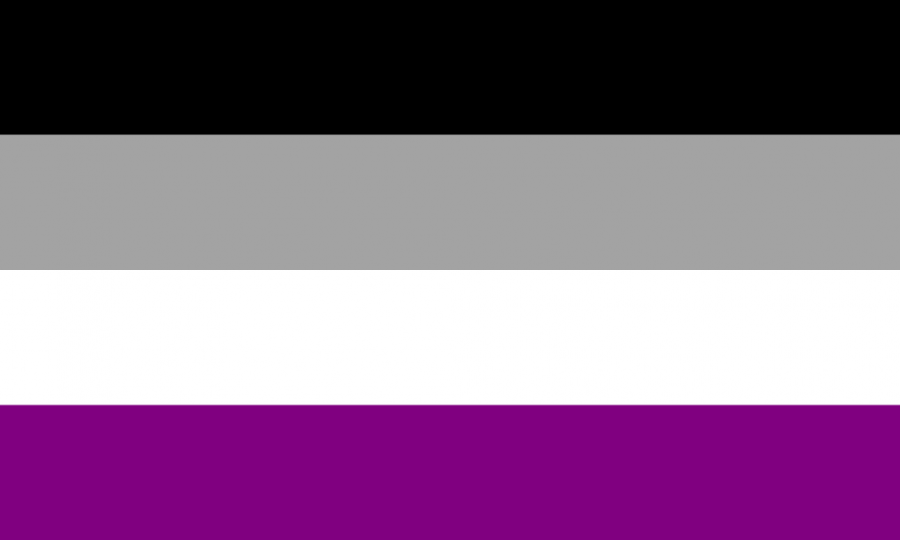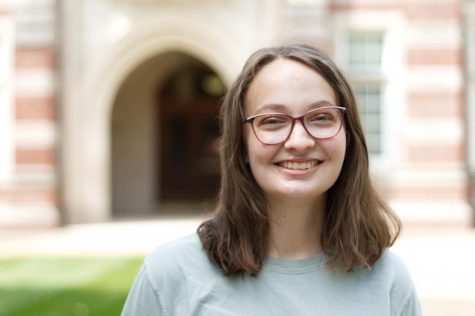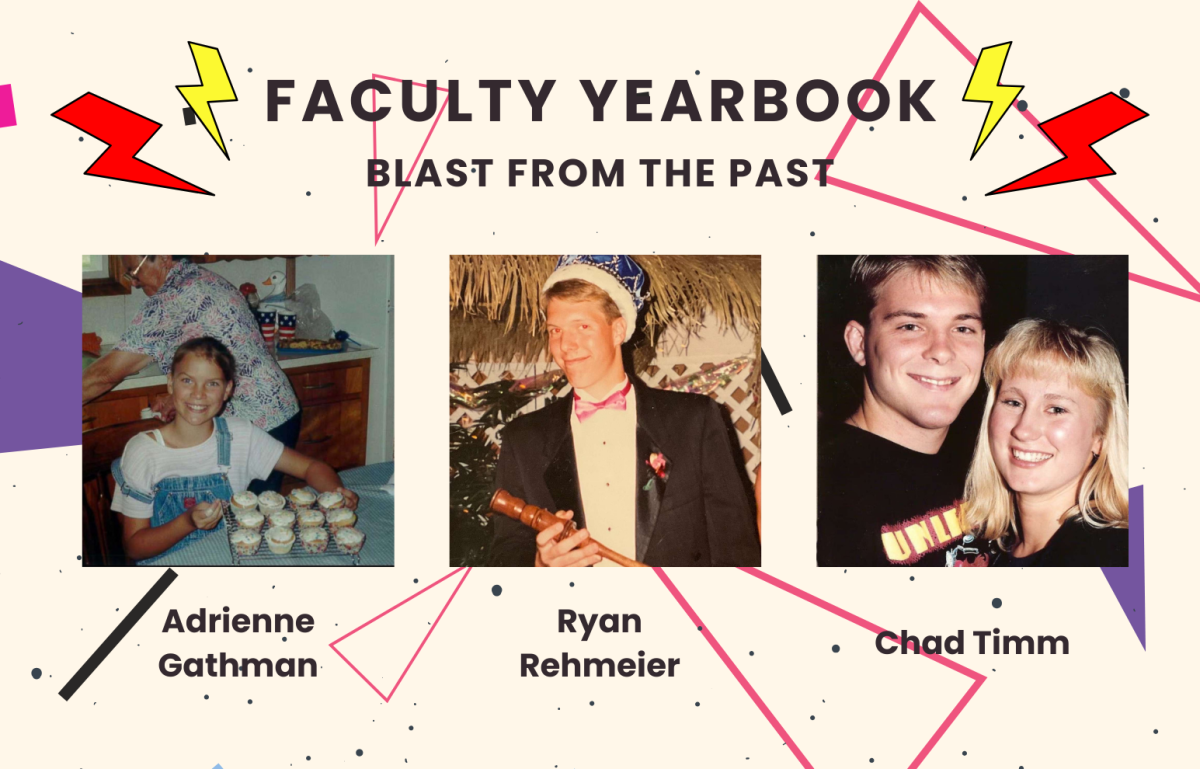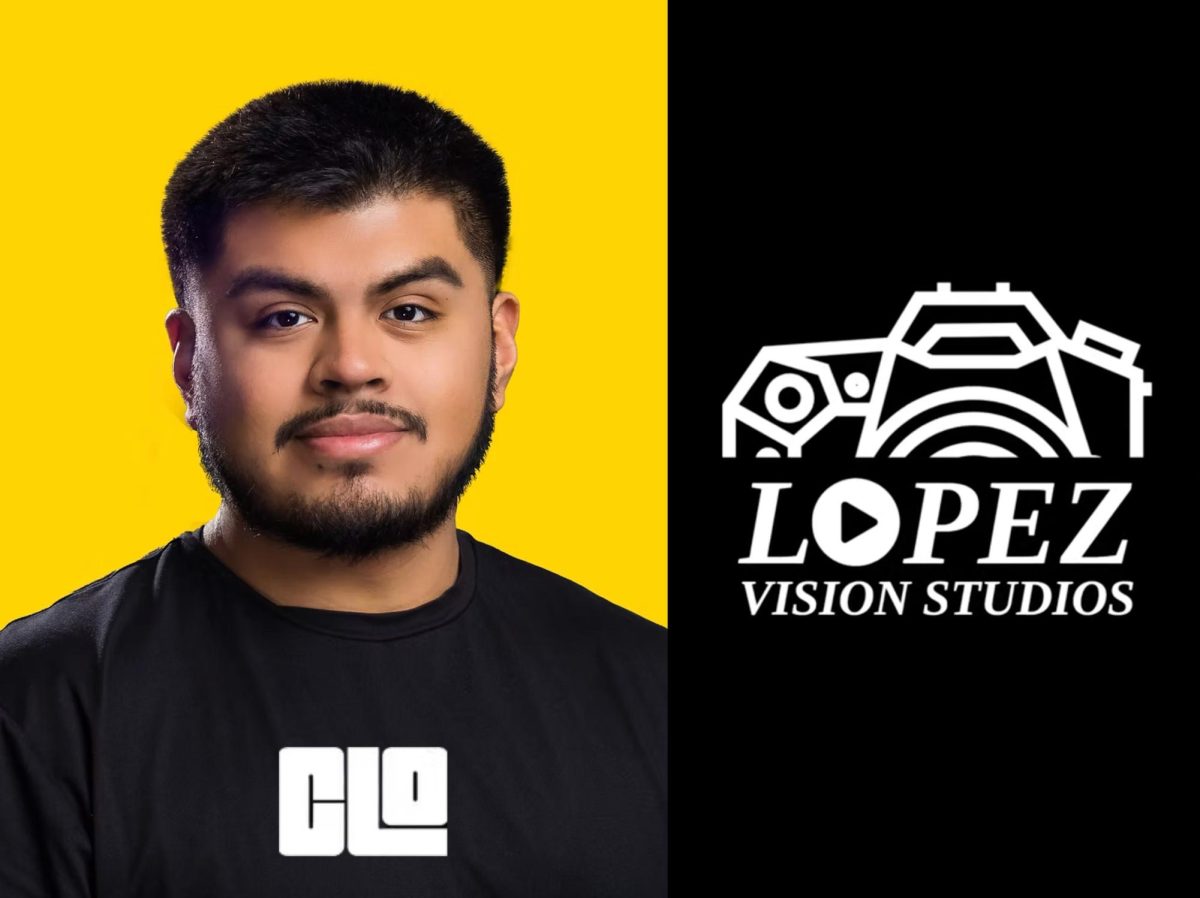Asexuality: A closer look
September 18, 2019
Asexuals are largely ignored by society and rarely represented in media. Many people in the United States have never heard of asexuality.
The Asexual Visibility and Education Network defines asexuality as, “An asexual person does not experience sexual attraction – they are not drawn to people sexually and do not desire to act upon attraction to others in a sexual way. Unlike celibacy, which is a choice to abstain from sexual activity, asexuality is an intrinsic part of who we are, just like other sexual orientations.”
Asexuals are not as unusual as some people might believe.
According to a study done by psychologist and human sexuality expert Anthony Bogaert, one in a 100 adults are asexual.
“People don’t think it’s an actual thing,” said Cheyenne Vanlandingham, a junior that identifies as heteroromantic asexual. “They just think you’re going through a phase.”
Noeline Boardman, a junior who identifies as asexual, has had similar experiences. In high school she had a student come to her and say that her sexuality wasn’t a real thing.
Boardman discovered that she was asexual around sophomore and junior year of high school.
“I joined Tumblr and I was just searching around and then I found an asexual blog,” said Boardman. “I didn’t even know it was a thing and then I kept reading and researching. I realized that I wasn’t straight.”
Boardman also used BuzzFeed videos and asexual community websites to help her gain knowledge about asexuality.
Vanlandingham realized she is asexual during her long-term relationship with her boyfriend in high school.
“After we broke up I started to do more research into the community trying to figure out why I didn’t feel things that other people said I should be feeling towards my boyfriend,” Vanlandingham said. “I discovered it and was like that actually makes sense. I looked back at my life and was like wow, that actually makes a lot of sense.”
With underrepresentation in media of asexuals, it can make asexuals feel that they are invisible in the world.
“It’s never represented,” said Boardman. “There are some books, but the characters are usually not explicitly listed as asexual.”
The underrepresentation in media also contributes to people not knowing asexuality exists.
Vanlandingham and Boardman both said their experience being asexual while at Simpson has been mixed.
“When you meet a person, you can sometimes get a vibe about how accepting they’ll be,” Boardman said. “I just stay away from people that give me a weird vibe.”
Vanlandingham has been more open about her sexuality since coming to college.
“I’m pretty open,” Vanlandingham said. “Again, most people just don’t talk about it because they don’t see it as a big of thing as being gay or lesbian.”
To increase student’s knowledge of asexuality Boardman suggested doing events for asexuality week.
On their website Ace Week, states that asexuality week is, “an annual event that puts asexuality in the spotlight. Part celebration of the progress we’ve made as a community and part campaign for greater understanding and acceptance of asexual-spectrum identities, Ace Week is a time to focus on all things ace.”
This year it takes place from Oct. 20 to Oct. 26. Workshops and events are held to help bring more awareness to asexuality and educate people what asexuality is.
For people interested in learning more about asexuality, asexuality.org is a resource that answers questions about asexuality and connects people that are asexual together. Another resource is acesandaros.org. They help with asexuality week and offer other resources.






